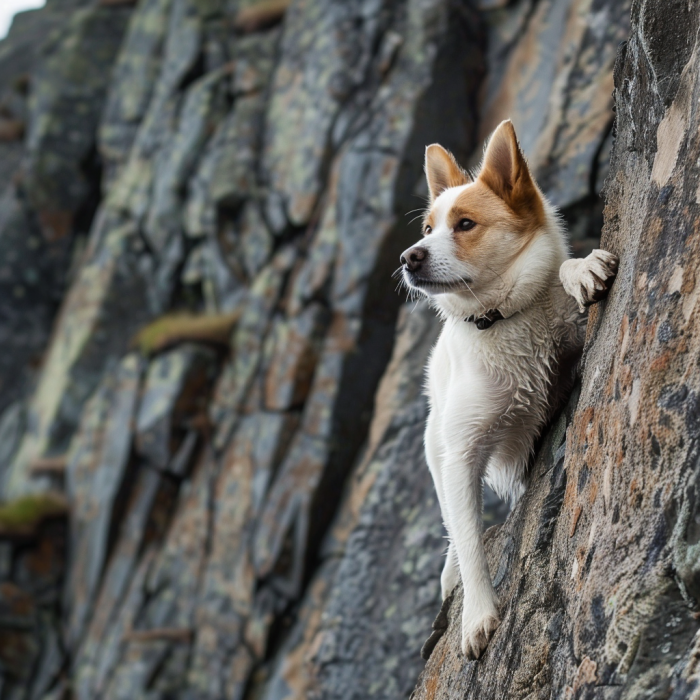How Can You Understand Compulsive Behaviors in Lesser-Known Dog Breeds?
MAY 27, 2024

Dogs, like humans, can develop compulsive behaviors that stem from various factors, including genetics, environment, and upbringing. Recognizing and addressing these behaviors is crucial for maintaining a healthy and happy relationship with your pet.
Compulsive behaviors in dogs often manifest as repetitive actions that lack a functional purpose. They can range from circling, tail chasing, and obsessive paw licking to more severe actions like self-mutilation. While these actions can occur in any breed, some lesser-known breeds are more predisposed due to their genetic makeup.
Take the Norwegian Lundehund, for instance. This rare breed was originally used to hunt puffins on steep cliffs in Norway. The Lundehund is known for its unique ability to bend its neck backward to touch its spine and has an extra toe on each foot to assist in climbing. Such physical traits are accompanied by a high-strung and energetic personality. Due to their working background, Lundehunds can develop compulsive behaviors like excessive digging and spinning when not mentally and physically stimulated.
Similarly, the Xoloitzcuintli, or Mexican Hairless Dog, is another breed that can display compulsive behaviors. As one of the oldest and rarest breeds, the Xoloitzcuintli has been a companion and watchdog since ancient times. If not properly trained or socialized, they can exhibit behaviors such as obsessive chewing or scratching.
Addressing these behaviors requires a calm, assertive approach. It’s important first to rule out any medical issues that could be causing the behavior. Once health concerns have been eliminated, focus on creating a structured environment with plenty of physical and mental stimulation. Consistent exercise is key to tiring out their bodies and minds, reducing the likelihood of compulsive actions.
Leadership is essential in managing compulsive behaviors. Dogs need a confident leader to guide them and establish rules, boundaries, and limitations. By maintaining a calm and assertive demeanor, you can effectively communicate with your dog and help them overcome these behaviors.
Training techniques such as redirection, positive reinforcement, and providing alternative outlets for their energy can also be beneficial. For example, engaging your Lundehund in scent-work or puzzle toys can redirect their natural digging instincts into more acceptable activities. Similarly, providing chew toys or interactive games for your Xoloitzcuintli can help satisfy their need to chew without damaging your belongings.
Moreover, creating a balanced environment is crucial. Dogs thrive on routine and predictability, which can significantly reduce stress and anxiety. Ensure your dog has a set schedule for feeding, walking, and playtime, offering them a sense of security and stability.
In summary, understanding and managing compulsive behaviors in dogs involves recognizing the underlying causes and implementing appropriate strategies. By providing leadership, structure, and positive outlets for their energy, you can help your dog lead a happy and fulfilling life.
Remember, every dog is unique, and what works for one may not work for another. Stay patient, consistent, and always approach your dog with calm, assertive energy. Your dedication and understanding will make a profound difference in your dog's psychological well-being.
More in Training - Dominance Based
September 30, 2024
Understanding the Bulldog: Training Insights for a Strong Bond
May 31, 2024
How Can You Correct Common Dog Behaviors Using Effective Training?
May 27, 2024
How Can You Understand Compulsive Behaviors in Lesser-Known Dog Breeds?
May 24, 2024
How Can Assertive Leadership Shape Your Schnauzer’s Training?
March 25, 2024
How Can You Effectively Manage Your Dog's Separation Anxiety?
March 07, 2024
How to Make Easter Enjoyable for Your German Shepherd
February 14, 2024
How Valentine's Day Can Strengthen Your Bond With Your Dog
January 31, 2024
How Can You Effectively Train Your Poodle?